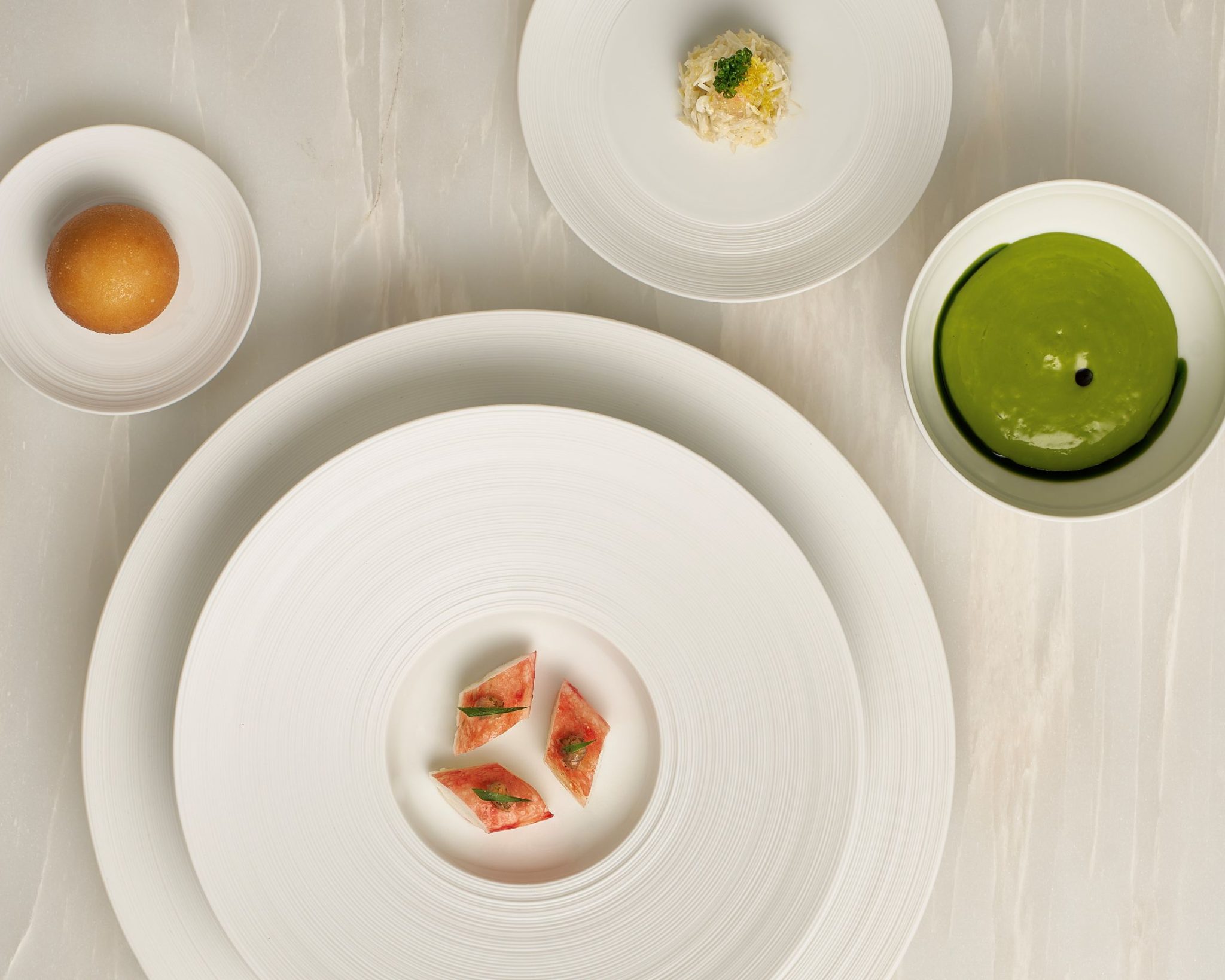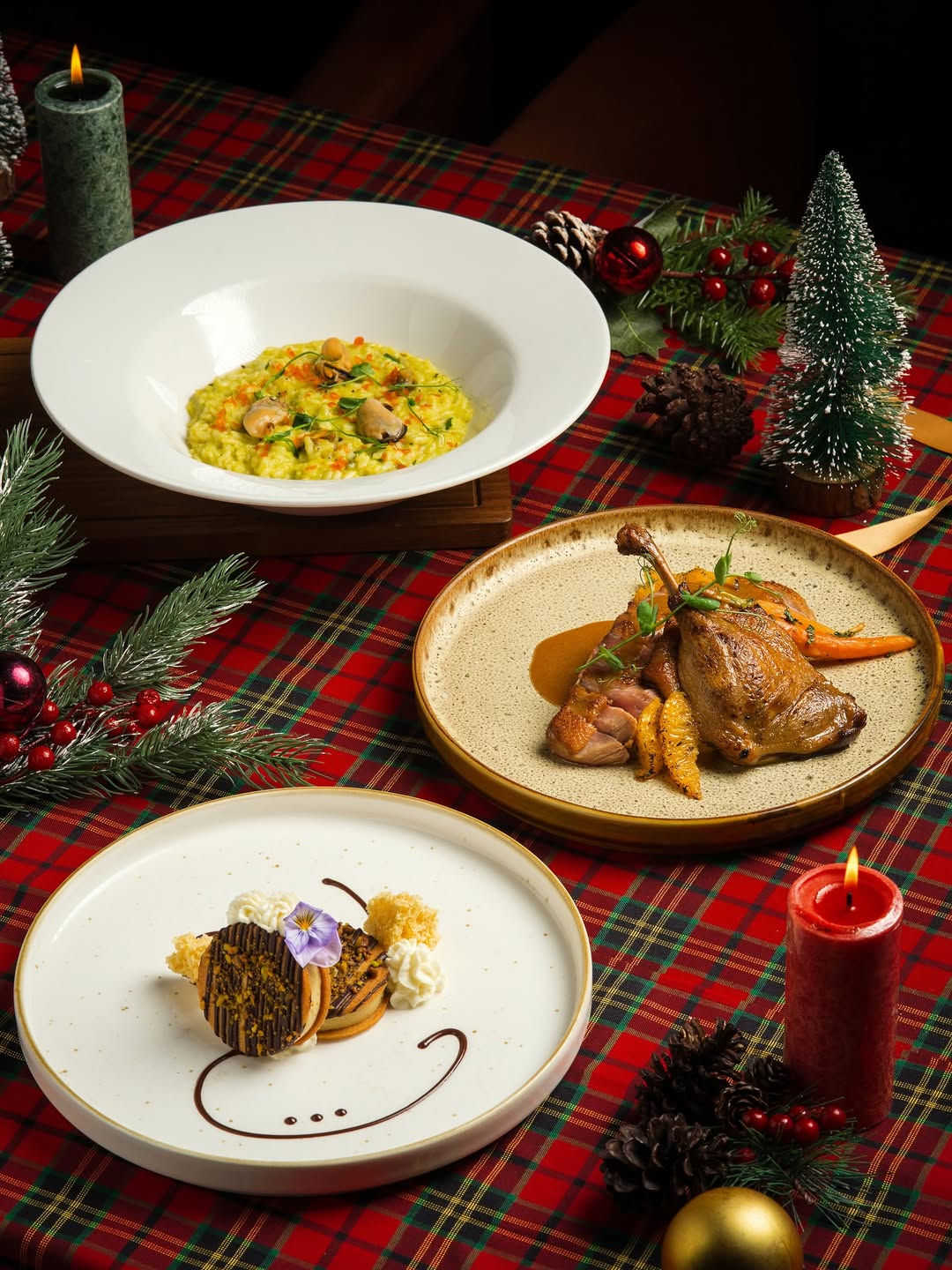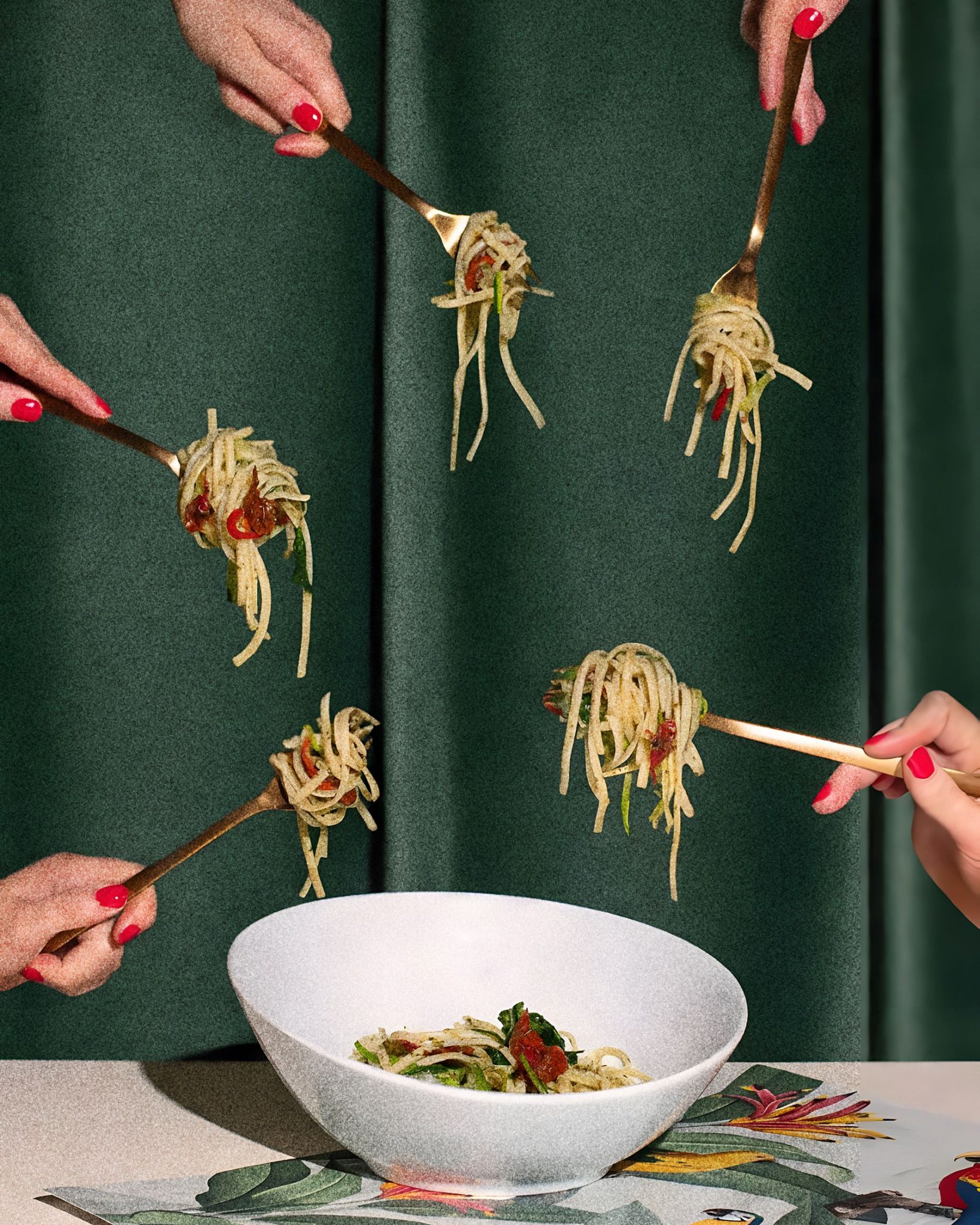Rice is one of the most versatile ingredients in the culinary world. From steaming and frying to baking and boiling, there are countless ways to prepare this humble grain. Think steamed chicken rice, silky porridge, or fragrant fried rice—the possibilities are endless. But here’s a thought: have you ever considered how rice transforms when it’s wrapped?
Around the world, this technique offers not only functionality but also imparts unique flavors. The Koreans have Daetong-bap, rice steamed in bamboo to absorb its earthy aroma, while the Chinese enjoy Lo Mai Gai, sticky rice wrapped in lotus leaves and filled with savory delights like chicken and Chinese sausage. In the Philippines, Suman, an elongated rice cake wrapped in banana or palm leaves, brings a sweet and coconut-rich experience. Indonesia, too, boasts an incredible array of wrapped rice dishes, each tied to its regional culture and ingredients.
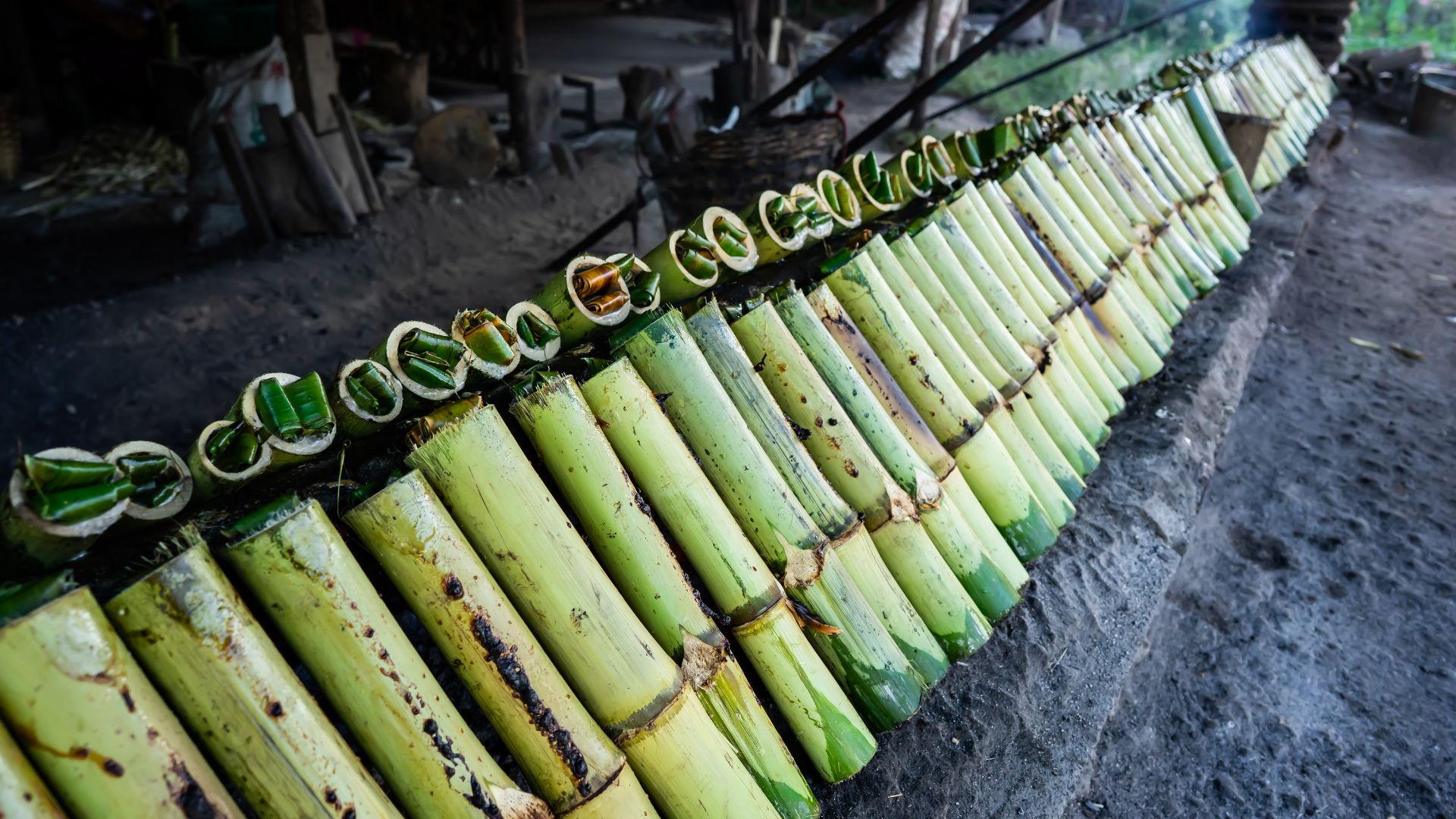
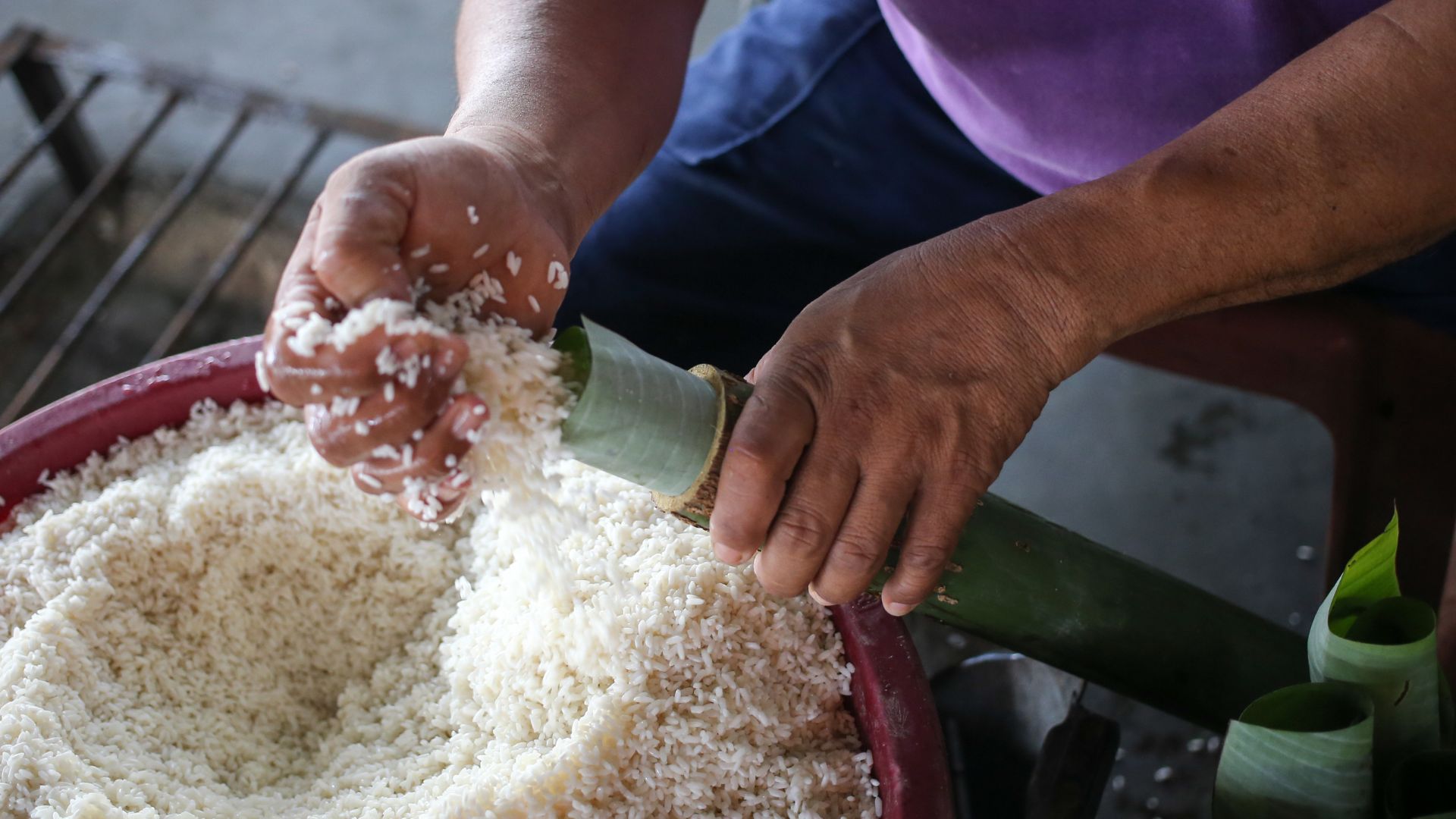
Wrapped Rice in Indonesian Tradition
In Indonesia, wrapping rice isn’t just a matter of presentation—it’s steeped in tradition. The practice likely dates back centuries, influenced by the availability of natural materials like banana leaves, bamboo, and palm leaves, as well as the practicality of wrapping food for storage and travel. Wrapping rice helps keep it fresh, prevents contamination, and adds an aromatic layer to the dish.
Additionally, the wrapping often reflects regional customs and ingredients, making each dish uniquely tied to its place of origin. For instance, in Javanese and Sundanese cultures, wrapped rice has long been associated with rituals, celebrations, and offerings, further cementing its role as a cultural staple.
Indonesian wrapped rice dishes often utilize banana leaves, palm leaves, or bamboo, each contributing its own flavor profile. Banana leaves lend a mild, herbal aroma, while palm leaves offer a slightly nutty undertone. Bamboo, on the other hand, imparts a smoky, earthy essence to the rice. The wrapping process also helps retain moisture, resulting in tender, flavorful rice. Whether steamed, grilled, or cooked in bamboo tubes, the cooking techniques highlight the versatility of this simple grain.
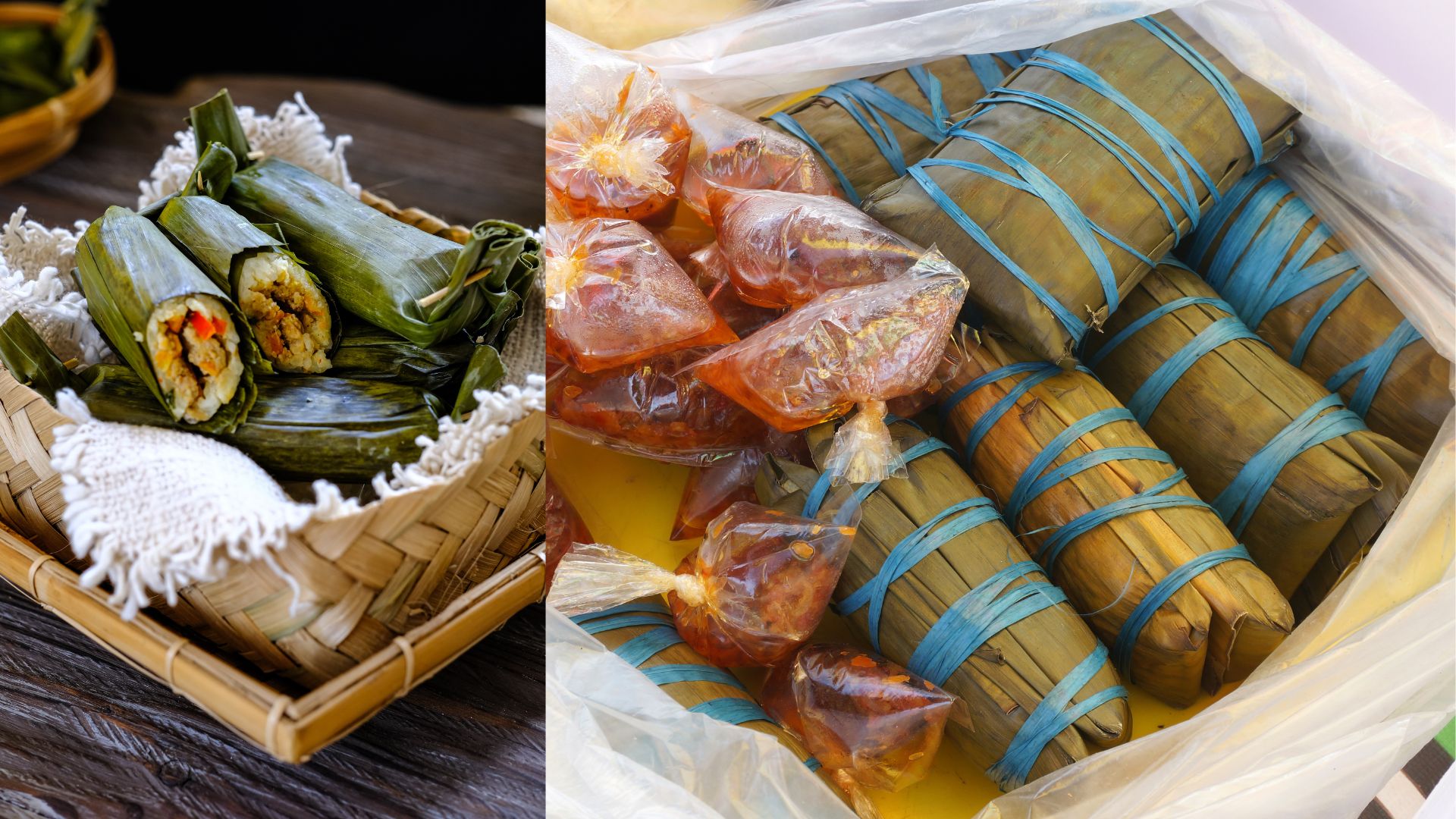
Types of Wrapped Rice Dishes in Indonesia
- Lemper
This snack-sized delicacy consists of sticky rice wrapped in banana leaves and filled with savory meat floss (abon). The sticky rice’s soft texture pairs perfectly with the umami-rich filling, making it a popular treat for celebrations. - Arem-Arem
Arem-arem is a cylindrical rice cake wrapped in banana leaves, filled with diced vegetables, tempeh, or oncom. It’s cooked with coconut milk, giving the rice a rich flavor. Sometimes, minced meat or abon is added for a heartier snack. - Bakchang
Also known as zongzi, this dish reflects Chinese influence. Made from glutinous rice, it’s wrapped in bamboo leaves and stuffed with either sweet or savory fillings, such as red bean paste, pork belly, or Chinese sausage. - Lepet A favorite in Javanese and Sundanese cuisine, lepet is sticky rice mixed with peanuts and cooked in coconut milk. It’s wrapped in young coconut leaves (janur) or palm leaves, offering a subtle nutty flavor.
- Burasa
A delicacy from South Sulawesi’s Bugis and Makassar communities, burasa is a rice dumpling cooked with coconut milk and wrapped in banana leaves. It’s often served with chicken braised in galangal (ayam masak lengkuas). - Lemang
Originating from Minangkabau culture, lemang is glutinous rice cooked with coconut milk inside hollowed bamboo tubes lined with banana leaves. The bamboo imparts a distinct smoky flavor to the rice. - Nasi Bakar
Nasi bakar, or grilled rice, involves steaming seasoned rice, wrapping it in banana leaves, and grilling it over charcoal. The grilling process gives the rice a smoky aroma that’s simply irresistible.There are many variants of nasi bakar according to its ingredients, such as fried chicken, empal gepuk (fried beef), anchovy, salted fish, shrimp, mushroom, tempeh, tofu, salted duck egg etc - Nasi Jaha
From Maluku, nasi jaha or Ginger Rice is sticky rice mixed with coconut milk, lemongrass, and spices, then wrapped in banana leaves and grilled over hot coals. The result is a fragrant and flavorful rice dish. - Nasi Bambu
Popular in Poso, nasi bambu involves cooking sticky rice with coconut milk and sautéed shallots inside bamboo tubes. The bamboo imparts a subtle woody aroma. - Nasi Bungkus Manado
This Manado specialty is simple yet intriguing. Steamed rice is wrapped in daun laikit (a local leaf), giving it a unique aroma and taste.
Wrapped rice dishes demonstrate the incredible adaptability of rice in Indonesian cuisine. They’re savory, sweet, smoky, or nutty, depending on the ingredients and wrapping used. But beyond flavor, these dishes tell stories of tradition, culture, and innovation. So, is rice better when it’s wrapped? Perhaps it’s not just the taste but the layers of history and aroma that make these dishes so special. Have you tried any of these wrapped delights, or are you tempted to unwrap one soon?


